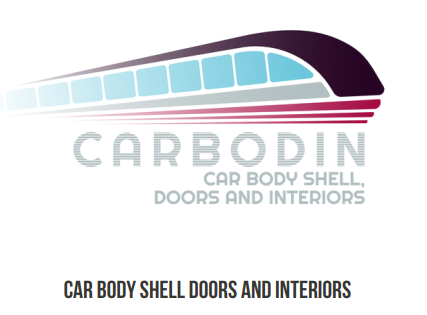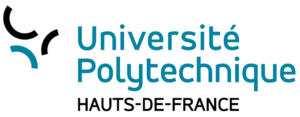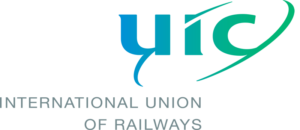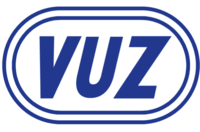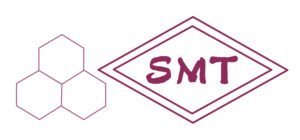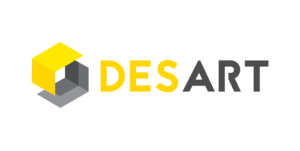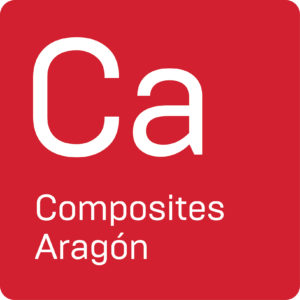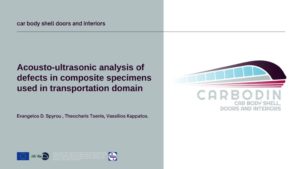About CARBODIN
Car Body Shells, Doors and Interiors
Objectives
CARBODIN advocates for a modular tooling to manufacture a wide range of parts of varying size. In addition, the proposed process will combine different production techniques, automation concepts, introduction of co-cured and co-bonded composite parts and multi-material integrated joints and inserts. Besides, predictive maintenance will be reinforced by testing intelligent sensor nodes.
Composite materials will also be the core idea for cost-efficient doors with reduced LCC. The creation of modular tooling combined with 3D technology will enable the production of lighter doors with enhanced thermal and acoustic properties in the door and its vicinity.
CARBODIN will facilitate the design of attractive train interiors by developing a configuration tool based on virtual reality. This will be complemented by innovative manufacturing tools for interior components. Other strategies for improving cost-effectiveness of manufacturing processes such as the integration of low-volt circuits in panels will be also explored.
CARBODIN also aims at improving the performance of the future HMI system through a European survey to identify key interactions such as drivers’ gestures or voices.
CARBODIN will benefit from a strong multidisciplinary consortium, made of 14 partners from 7 countries, committed to the mentioned actions towards maximisation of the project’s impact.
Facts and Figures
- Topic: Advanced Car body shells for railways and light material and innovative doors and train modularity
- EU Contributions: 3.5 m€
- Duration: 27 months
- Project start date: 01/12/2019
- Project end date: 28/02/2022
- Partners: 14 partners from 7 countries
- Project coordinator: FUNDACIO EURECAT
- H2020-S2RJU-OC-2019
- Grant agreement n° 881814
Project structure
| WP Number | WP Title | Lead beneficiary |
|---|---|---|
| WP1 | New tooling for composite car body manufacturing | FUNDACIO EURECAT |
| WP2 | Car body Structural Health Monitoring Systems for Composites and Metal-Composite Interfaces | ETHNIKO KENTRO EREVNAS KAI TECHNOLOGIKIS ANAPTYXIS |
| WP3 | Process automation concepts for Composite Car body Manufacturing | ASOCIACION DE INVESTIGACION METALURGICA DEL NOROESTE |
| WP4 | Process integrating joint concepts & modular concepts for Composite Car body Manufacturing | ASOCIACION DE INVESTIGACION METALURGICA DEL NOROESTE |
| WP5 | New tooling for Composite Door Leaves manufacturing | MASATS SA |
| WP6 | Solutions for thermal and noise reduction in the neighbourhood of the door | DES ART SP. Z O. O. |
| WP7 | Accessibility to passenger trains (ramps, thresholds, gap filler) | DICEA |
| WP8 | Modular Interior’s concepts and virtual immersive interior design configurator tool | RHEINISCH-WESTFAELISCHE TECHNISCHE HOCHSCHULE AACHEN |
| WP9 | New tooling for Composite interiors manufacturing | FORSTER SYSTEM-MONTAGE-TECHNIKSMT GMBH |
| WP10 | Innovative Driving cabin | UNIVERSITE POLYTECHNIQUE HAUTS- DE-FRANCE |
| WP11 | Integrated low volt circuits in panel | FUNDACIO EURECAT |
| WP12 | Impact boosting activities | EURNEX e. V. |
| WP13 | Management | FUNDACIO EURECAT |
Documents and downloads
Deliverables
| Del Rel. No | Title | Description | Lead Beneficiary |
|---|---|---|---|
| D12.2 | Project impact assessment | Targets analysis, KPIs identification and application to innovations proposed for the various components by other WPs and suggestions for improved standards. | DICEA |
| D12.3 | Economic Appraisal of CARBODIN solutions | Cost-benefit analysis of all the CARBODIN solutions proposed throughout the 11 WS. At month 12, the methodology for cost and LCC analysis will be released, to be used by all WS. | CERTH |
| D12.4 | Plan for Dissemination and Exploitation of Results (PEDR) | Report containing the summary of all the dissemination activities, as well as exploitation and IPR rules and agreements for activities after the project. At month 6 a dissemination plan will be setup. | EUT |
| D12.5 | Report on year 1 CARBODIN demonstrators | this report will contain all the publishable information from the WS deliverables related to demonstrators: D6.2, D7.1, D9.2. Partners involved in the confidential deliverables will select which information to disclose and make public, and deliver it to the D12.5 leader. | EURNEX |
| D12.6 | Report on year 2 CARBODIN demonstrators | this report will contain all the publishable information from the WS deliverables related to demonstrators: D1.2, D2.3, D3.3, D4.4, D5.3, D7.3, D8.3, D8.4, D9.3, D10.2, D11.2. Partners involved in the confidential deliverables will select which information to disclose and make public, and deliver it to the D12.6 leader. | EURNEX |
Contacts

